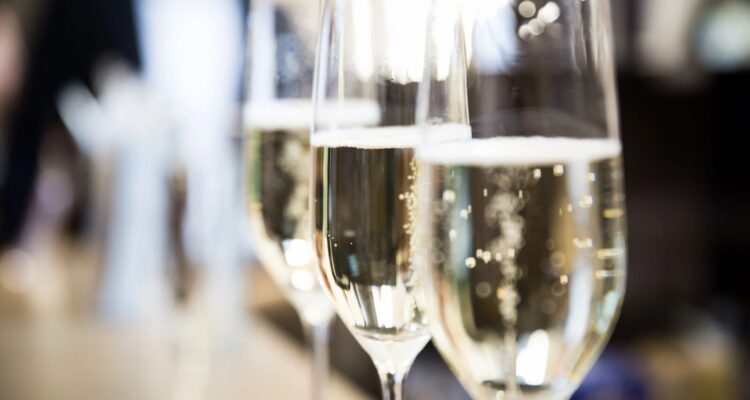The world of Champagne offers a dazzling array of choices, each with its own distinctive taste, aroma and heritage. As the epitome of celebration and sophistication, this sparkling wine has graced many a formal event, from state banquets to intimate black tie dinners. While the ideal Champagne depends on individual preference and the nature of the occasion, there are a few brands that consistently stand out for their impeccable quality, rich history and enduring popularity.
Champagne brands for the next formal event
Champagne’s elegance and effervescence make it a natural choice for formal occasions. For centuries, this sparkling wine from the Champagne region of France has been the drink of choice to mark significant milestones and grand events.
With the myriad of brands available, making a selection can be a daunting task. The distinguishing factors often lie in the production methods, grape varieties, ageing processes and, of course, the unique tasting notes of each brand.
One of the most famous names in the Champagne industry is Dom Pérignon which you can buy here, a vintage-only Champagne that has always been a symbol of luxury and finesse. Each bottle embodies a particular year’s harvest, making each vintage unique in flavour and character.
Another brand, Krug, offers rich and complex Champagnes renowned for their impressive depth and long ageing potential. Its Grand Cuvée, for example, is a blend of more than 120 wines from ten or more different vintages.
Then there’s Louis Roederer’s Cristal, originally made for the Russian Tsar and renowned for its consistent quality and beautiful golden amber colour.
Bollinger is also a favourite with connoisseurs, particularly its Special Cuvée, which boasts a rich and complex flavour due to its unique oak barrel fermentation process.
Finally, Veuve Clicquot, with its distinctive yellow label, remains a favourite for many. Its Champagnes are celebrated for their full-bodied and sophisticated flavours, derived from a blend dominated by the robustness of the Pinot Noir grape.
Tips for avoiding bad purchases and dissatisfaction when buying Champagne
In the vast world of Champagne, not every bottle is a guarantee of satisfaction. Factors such as region, grape variety, production method and vintage can have a profound effect on the taste and overall experience of the bubbly drink.
With countless brands and varieties to choose from, making an informed decision is essential to avoid disappointment. Several high-profile cases highlight the pitfalls of impulsive Champagne purchases.
For example, a 2012 survey found that many people were swayed by attractive packaging, leading them to buy bottles that didn’t meet their taste expectations.
Similarly, there are many stories of people who, swayed by aggressive marketing campaigns, ended up buying non-vintage Champagnes at premium prices, only to discover that they could have had comparable or better quality for a fraction of the cost.
Research remains a cornerstone of a satisfactory Champagne purchase. Familiarising yourself with renowned regions such as Champagne in France, where strict production standards and regulations ensure consistent quality, can be a starting point.
Understanding the difference between vintage and non-vintage, or the meaning of terms such as ‘Brut’ or ‘Demi-Sec’, will provide insight into the flavour profile of the bottle. In addition, the advent of technology has facilitated platforms where experts and enthusiasts alike share reviews, providing invaluable insights for potential buyers.
For example, a vintage widely praised for its excellent ageing potential may not be the best immediate choice for someone seeking a ready-to-drink experience.
Similarly, a Champagne made predominantly from Chardonnay grapes, known for their crisp, citrusy notes, might not appeal to someone looking for the fuller, fruity profile that Pinot Noir offers.



